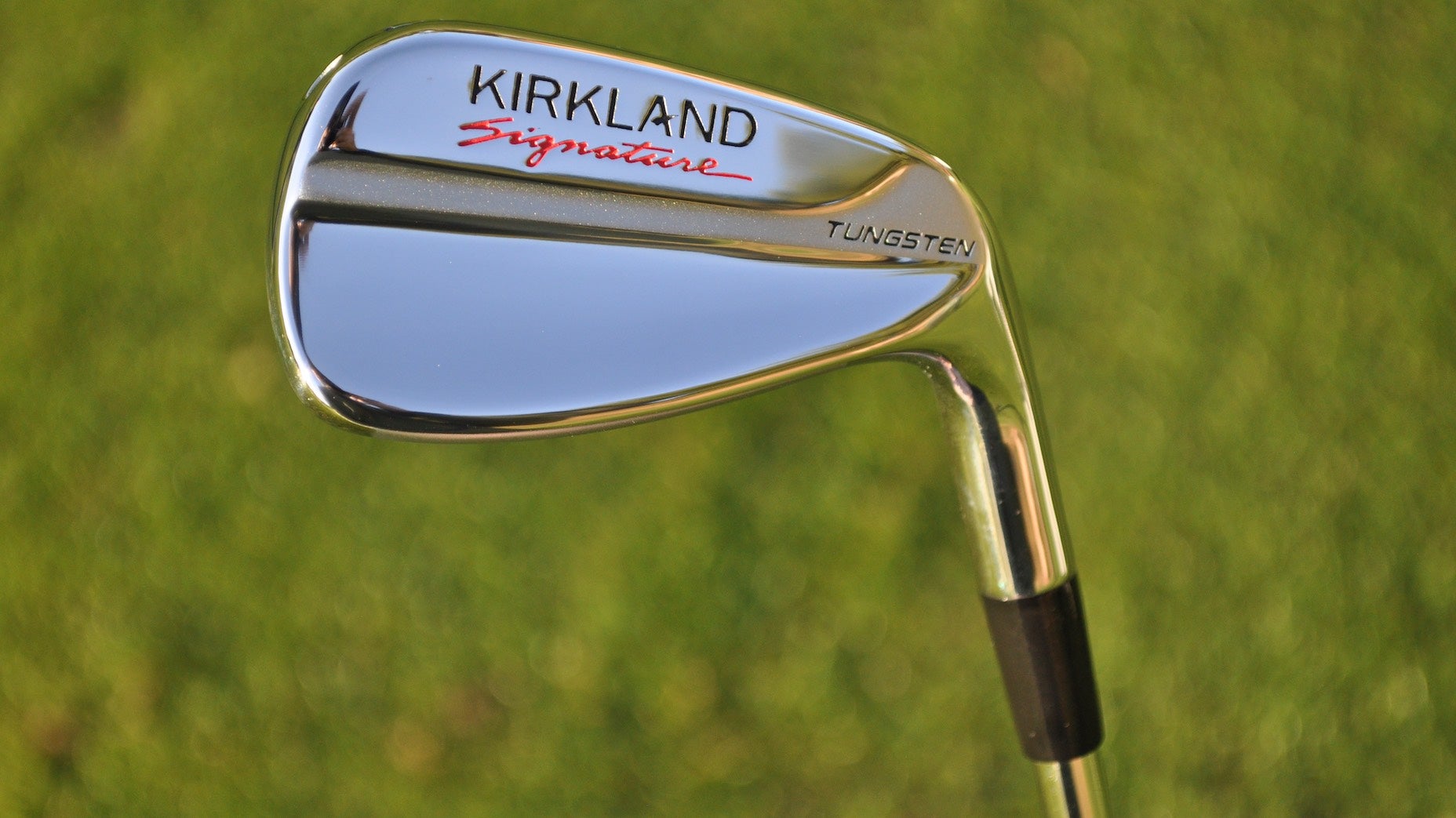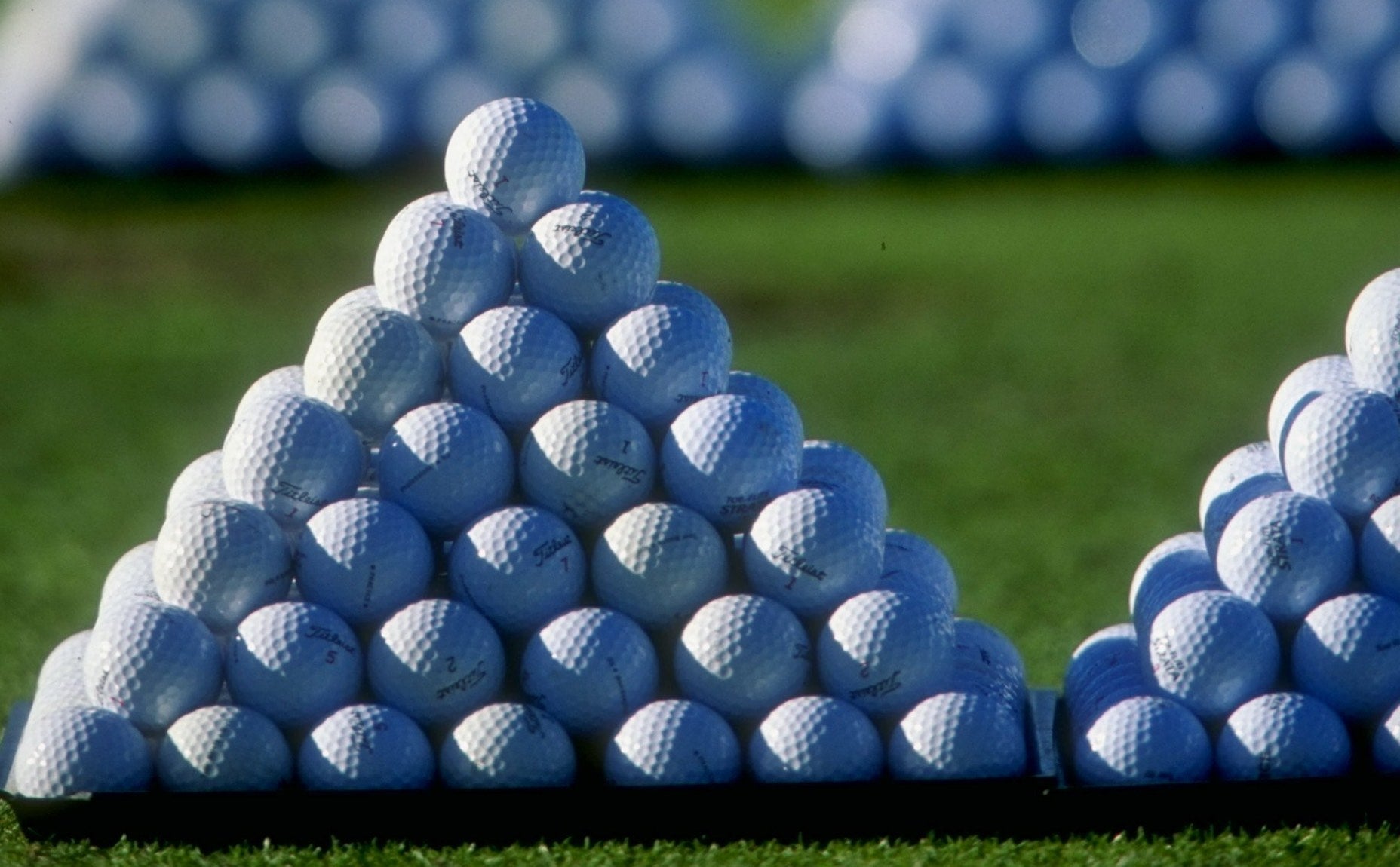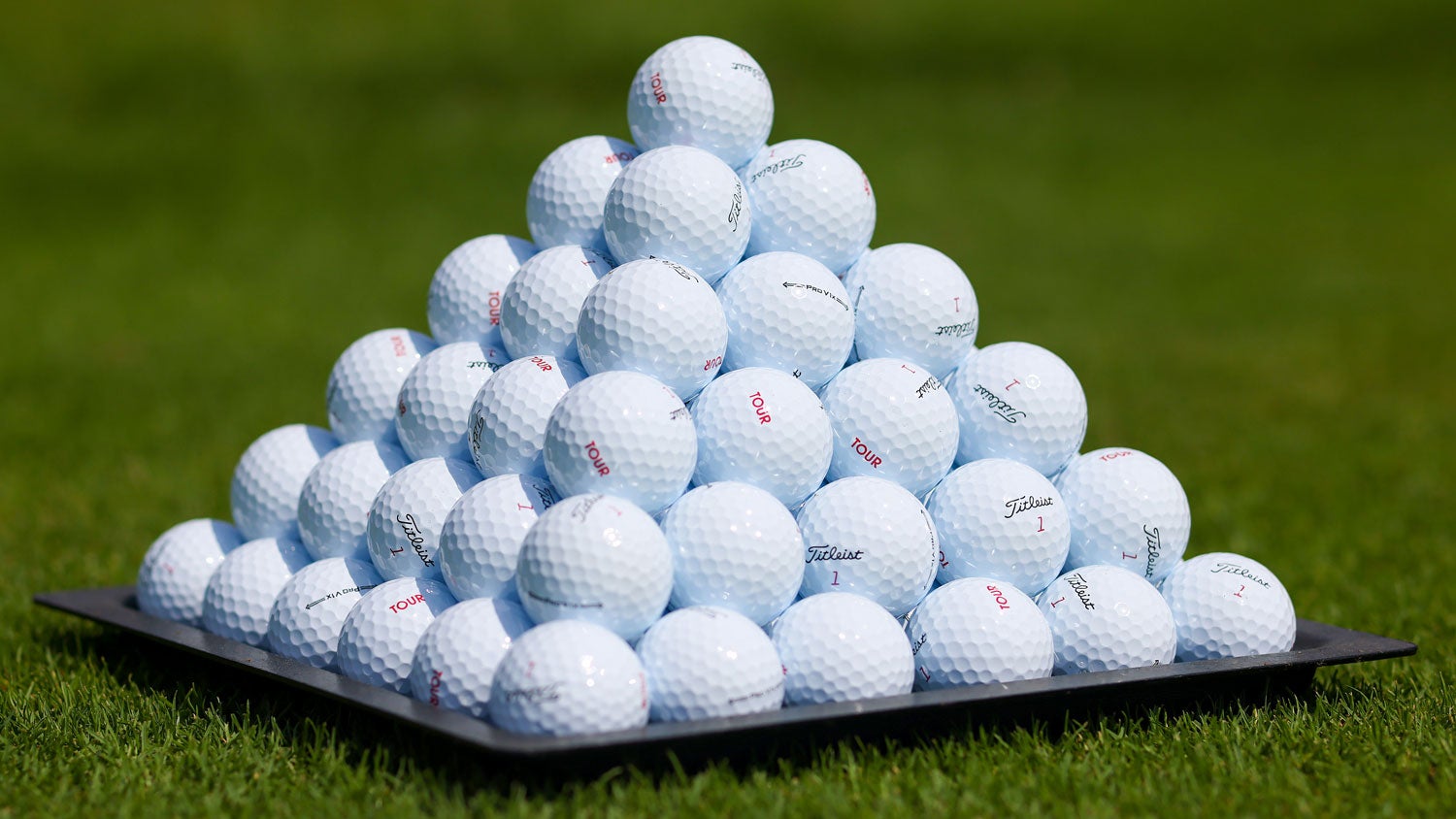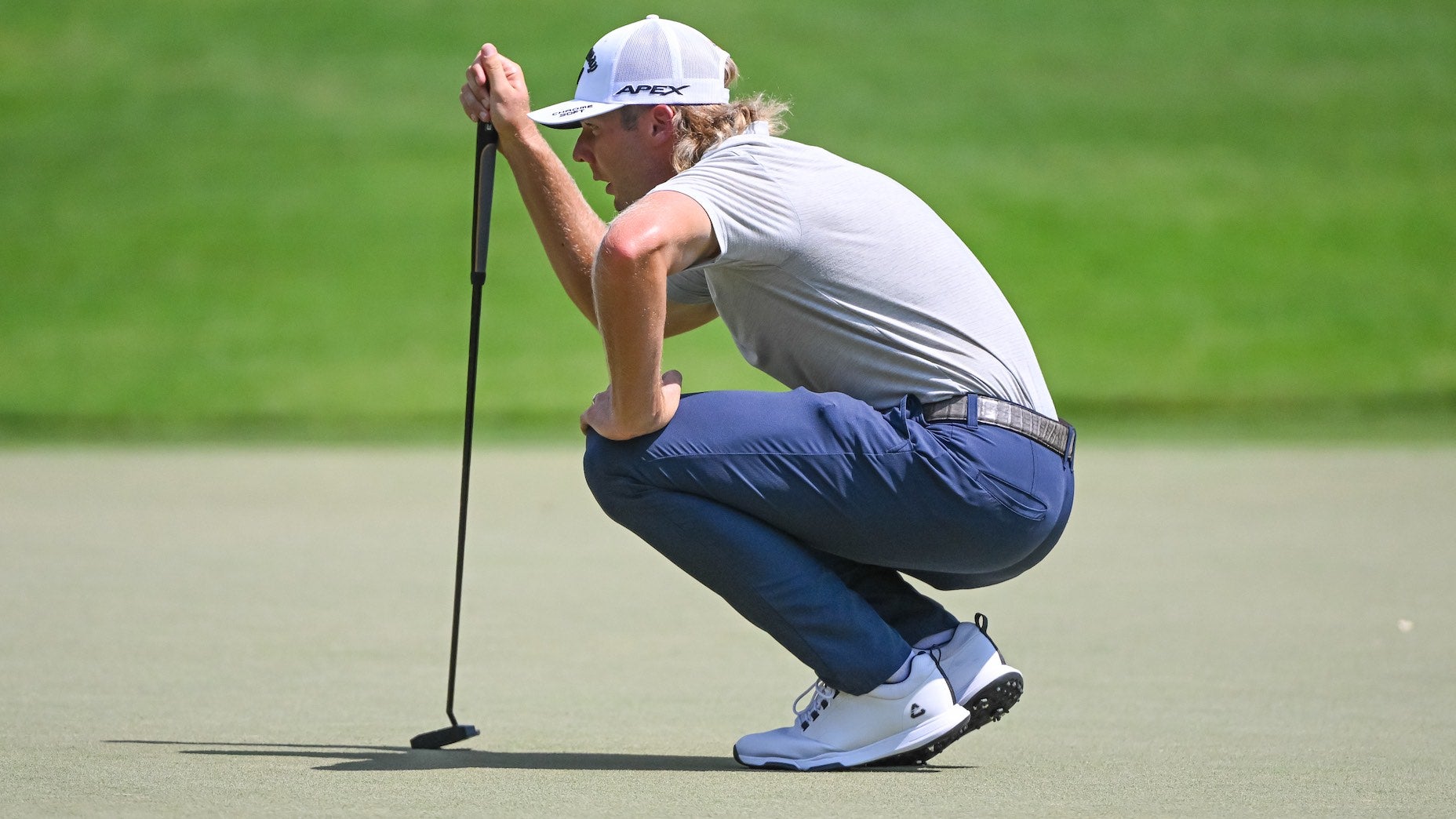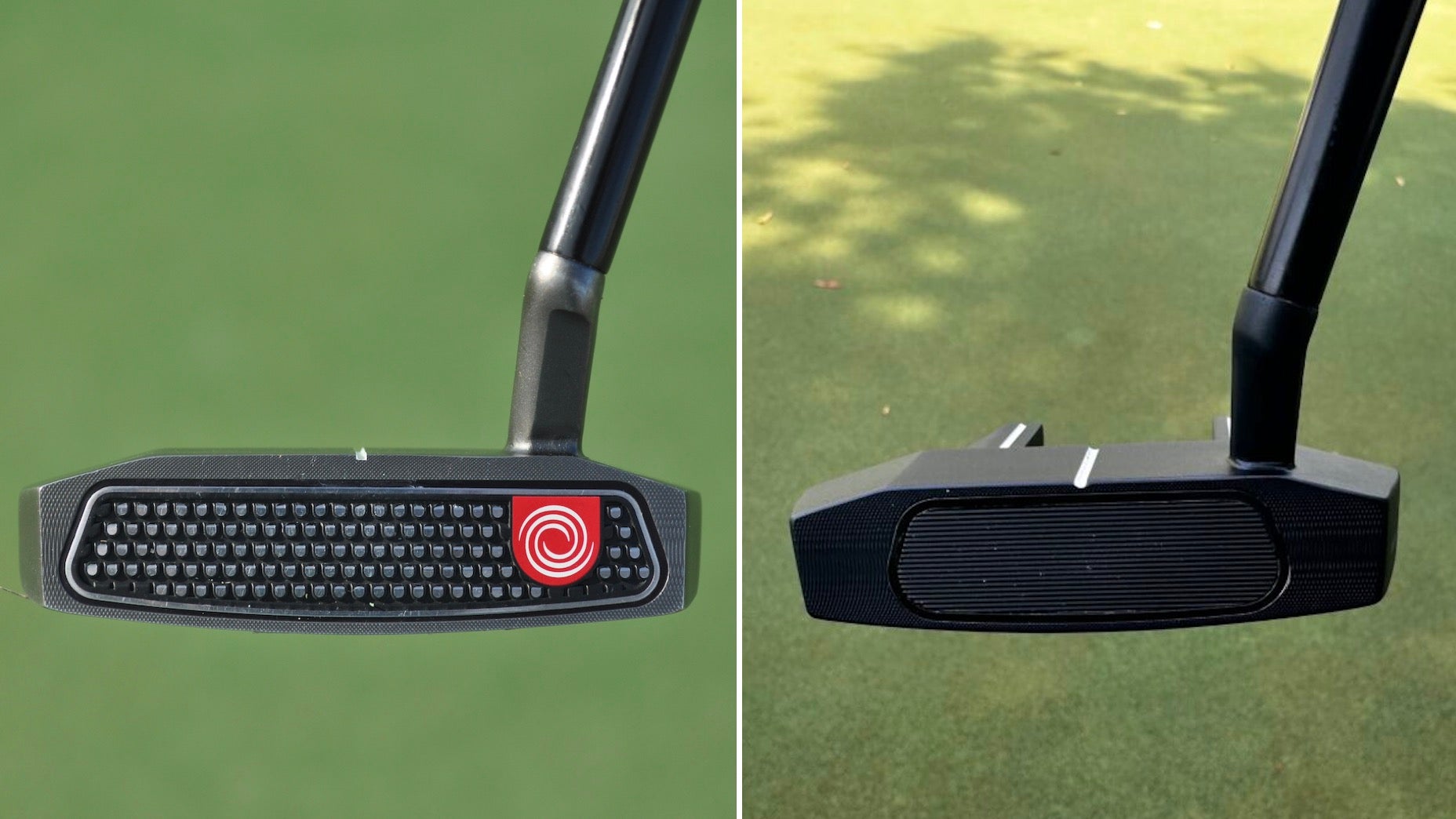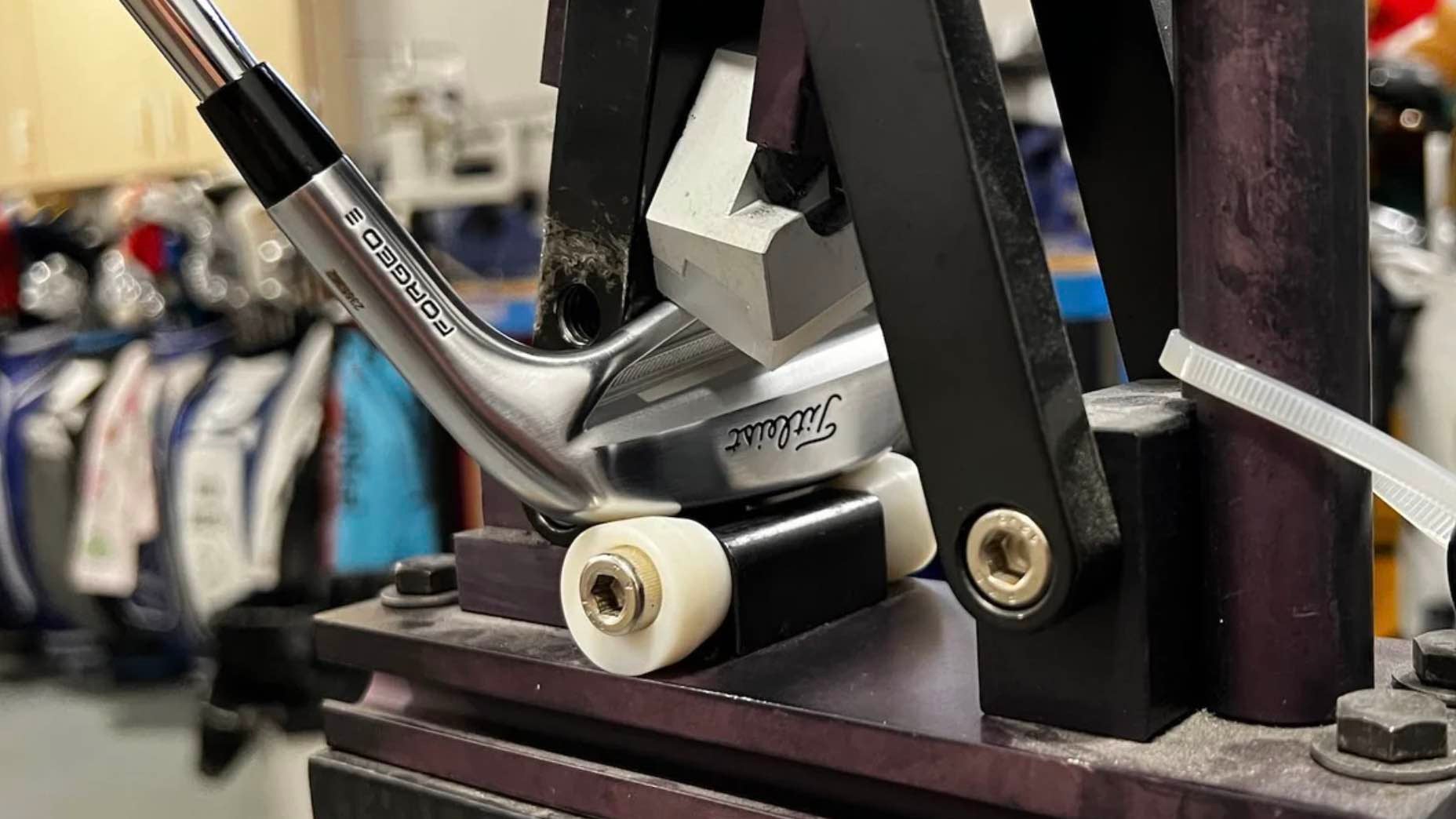Robot testing: Which golf balls are best for controlling trajectory?
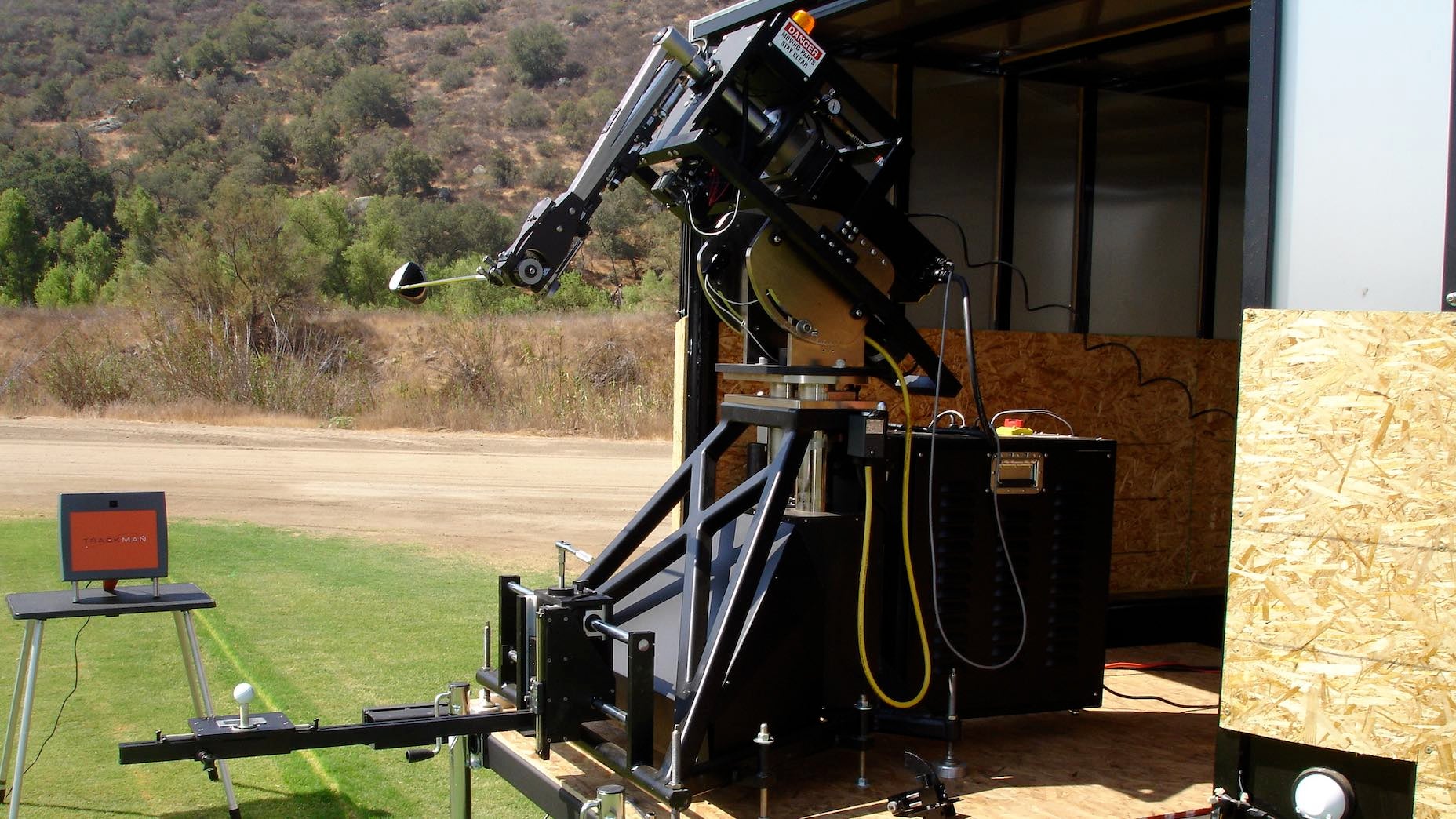
The Golf Laboratories testing robot in action.
Jonathan Wall/GOLF
Controlling your golf ball through the air is a fundamental part of the game, but it’s not always easy.
One way to make it easier is by selecting the right golf ball, and thanks to GOLF.com’s exclusive robot testing partnership with Golf Laboratories, we’re here to help you find the right ball for your game and the conditions you play in based on how high a golf ball peaks in the air. (All data was compiled using Foresight’s GCQuad launch monitor.)
Let’s talk about peak height
Peak height (height measured at the apex of trajectory) plays an important role in finding the right ball because it has a direct impact on dispersion depending on the types of conditions you play in. The higher the golf ball flies the more susceptible it is to being taken offline in windier conditions. Even a few extra yards of altitude can see a change in wind speed, and considering a golf ball only weighs 1.62oz, a few miles per hour can be the difference between hitting or missing your target.
Golf ball aerodynamics
A huge part of golf ball engineering is dimple patterns, and calling them a minor factor in performance is like saying the wings on an airplane are a minor factor in flying. Golf ball dimples play the most important role once a golf ball has left the club face because after impact the golf ball immediately faces wind resistance and starts to decelerate.
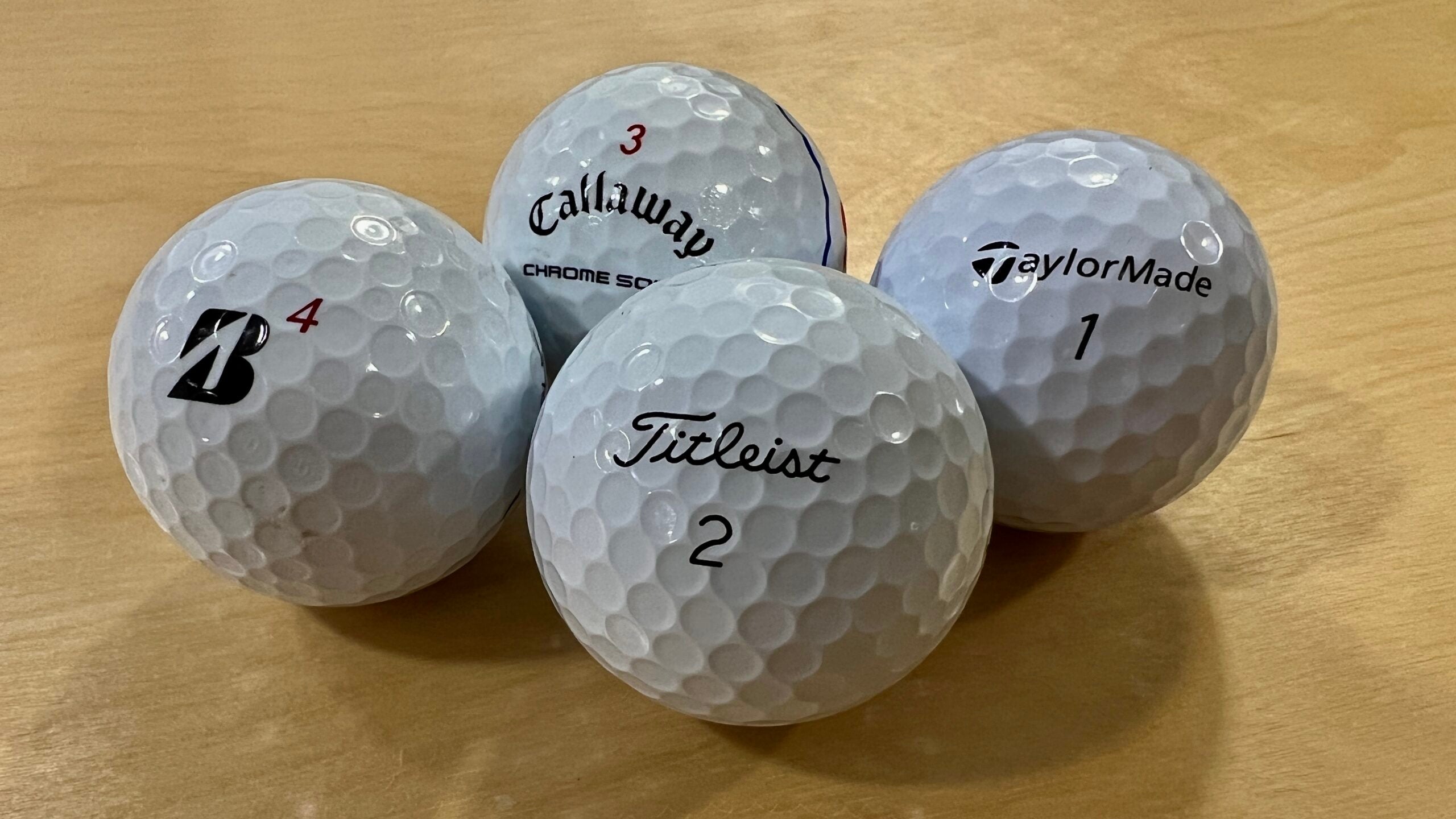
Once the core regains its shape after being compressed at impact, it’s up to the dimples and the elements to make sure it gets where it’s going. The only thing keeping the ball flying in a consistent and predictable trajectory through the air is the dimples and their aerodynamic properties.
“This may be hard to wrap your head around, but a ball’s spin rate is not the only factor that determines how it flies. As a golfer, what you really need to know is how high the ball is going to fly, what is the resultant landing angle, and how much is the ball going to curve and be impacted by wind.
With our Ballnamic testing, we have seen two golf balls with nearly identical launch conditions have over a 10-foot difference in their actual max height, which is huge. You would not be able to discern these differences with indoor testing or a device that only captures the initial part of the ball flight.“
– Marty Jertson, VP fitting and performance Ping Golf.
Matching Height to playing conditions
Whether you play in calm dome-like conditions or lots of wind, finding a ball that helps control trajectory will help improve your overall dispersion. We are in no way saying one way of flighting the ball is better than the other but what we are saying is there is a better golf ball for YOU to flight better. Below are the top 3 ( and ties ) for the highest and lowest peak heights for golf balls hit at 95 and 105mph with a driver.
95pmh Highest Peak height
Bridgestone Tour B X – 27.3 yards
Callaway Chrome Soft – 26.1 yards
Callaway Chrome Soft X / Titleist ProV1 X Left Dot – 25.9 yards
95mph Lowest Peak Height
Titleist AVX – 22.6 yards
Titleist ProV1X – 22.9 yards
Titleist True Feel / Bridgestone Tour B XS – 23 yards
105mph Highest peak height
Wilson Staff – 31.5 yards
TaylorMade TP5 – 31.2 yards
TaylorMade TP5X – 30.9 yards
105mph Lowest peak height
Callaway Chrome Soft – 27.9 yards
Titleist ProV1 / Titleist True Feel – 28.1 yards
Callaway Chrome Soft LS – 28.3 yards
You don’t have to be a robot to see a difference in your golf ball’s peak height, so whether you’re looking for more height or the ability to flight the ball lower, be sure to check these out.


